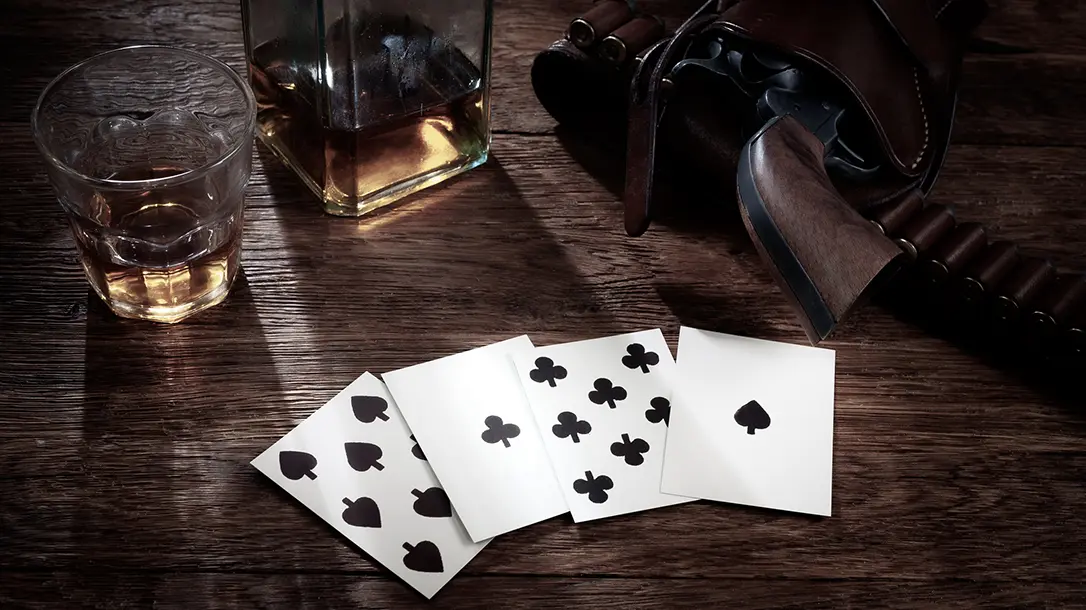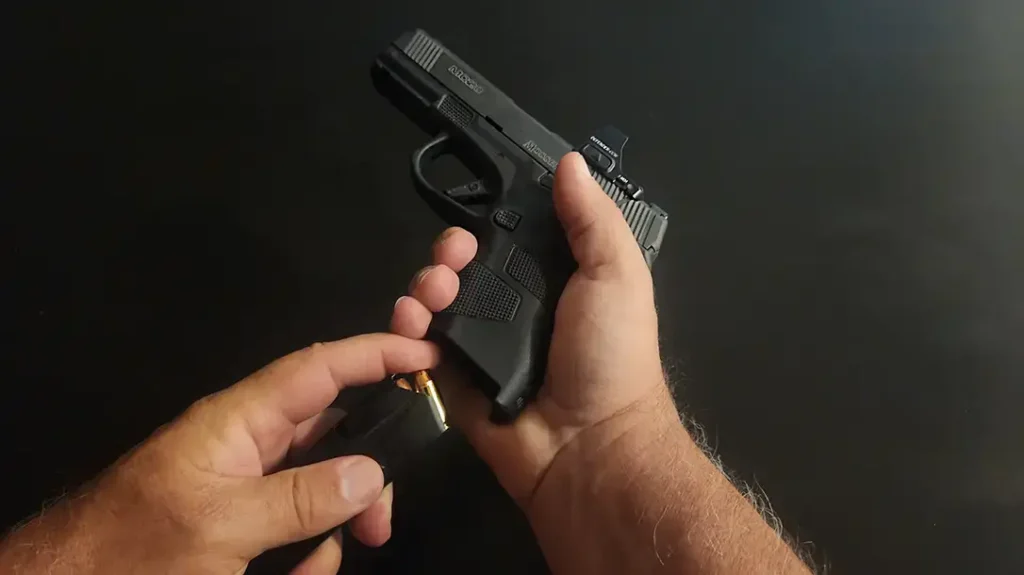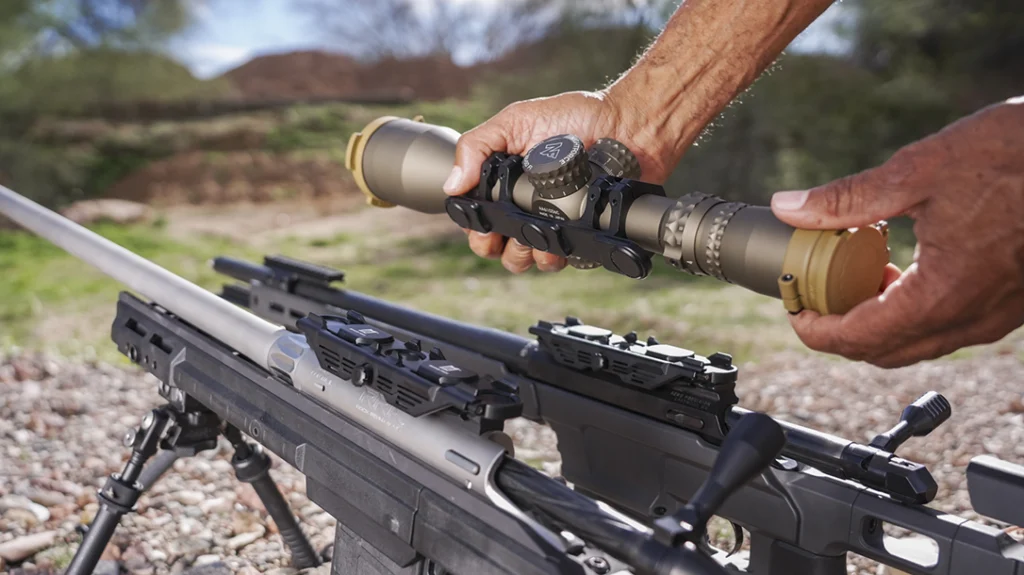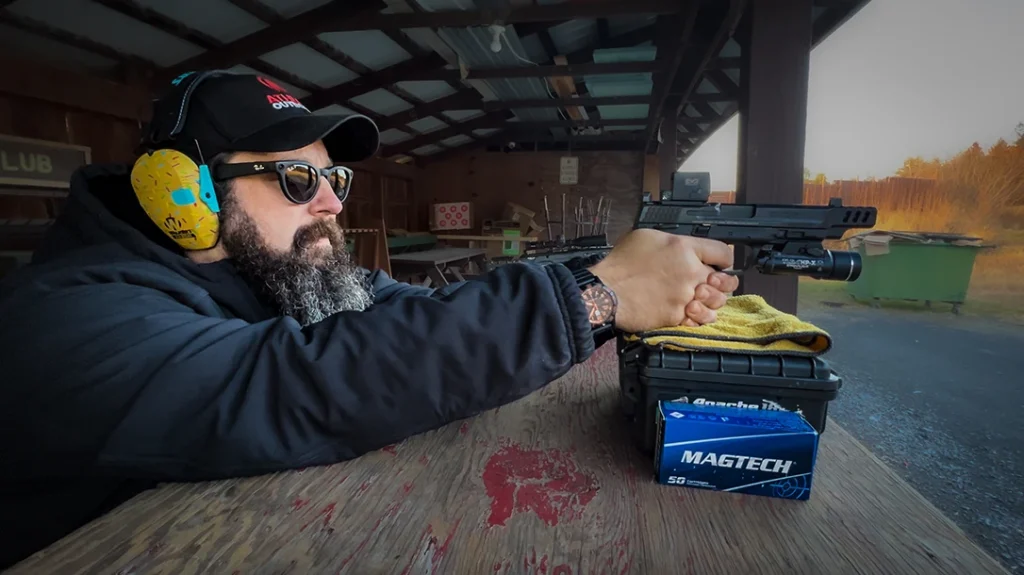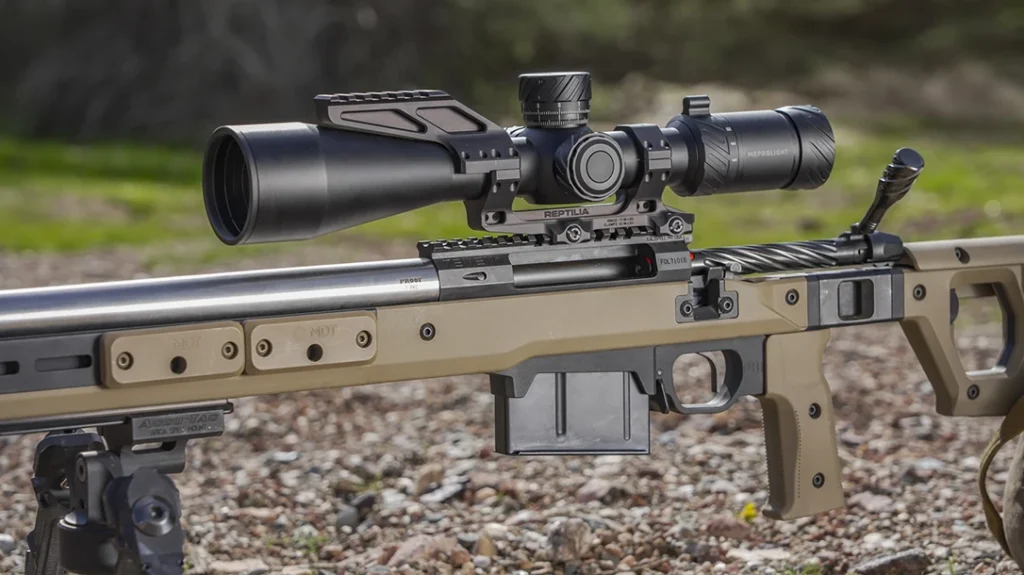Saloons are, without a doubt, one of the most iconic symbols of the Old West. This central hub of many small towns and cities in the mid to late 1800s offered a variety of vices for the locals, and at the top of the list was the alcohol. But unlike bars of today, the selection of libations was highly questionable, in terms of both quality and overall safety to a person’s health. Yes, there was straight whiskey served, but in addition to this staple, some drinks bordered on poison rather than pleasure. Though gambling was often occurring in the saloon, the true gamble for the patrons was what effects some of the Old West booze might have on their bodies.
Old West Booze
Normal (ish) Fare
The “basics” of the bar scene in the Old West consisted of beer, wine, and whiskey, with some mixed drinks being served at larger establishments in wealthier communities.
Beer was drunk, often because the water in the area was bad and beer gave a thirsty traveler a healthier (healthy is relative back then) option. However, beer available in the latter half of the nineteenth century was not like beer of today. Keeping the product cold, or at least chilled, was either non-existent or minimally accomplished. Prior to 1870, when ice plants began to operate, some beer was stored underground with ice cut form froze-over rivers. Overall, beer was served a bit warm, and with less-than-ideal suds.
Advertisement — Continue Reading Below
In most establishments, the number one liquor served was whiskey. But not all whiskeys were created equal in the Old West, or more appropriately, not all whiskeys told the truth of their creation on the bottle label.There were few to no regulations surrounding the production of whiskey prior to the turn of the century. Many producers were infamous for putting information on a whiskey label that was a direct lie. From its purity, to its ingredients or age, the description would be what would attract drinkers, not what was really in the liquor.
Many times, higher quality whiskeys were diluted with added ingredients like cheaper liquors, burnt sugar, glycerin, molasses, and even sulfuric acid (yes, acid!). Whiskey was often sold in large, bulk quantities, and crooked producers would then mix in additives to expand their inventory, essentially cheating the patron who ordered pure product.
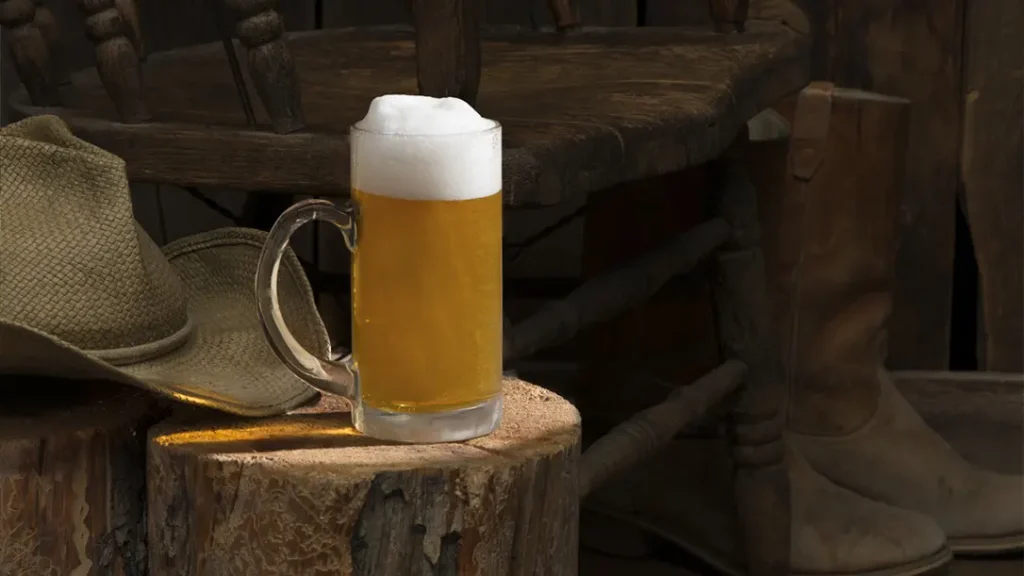
Advertisement — Continue Reading Below
Dangerous Ingredients in Old West Booze
It’s one thing to have whiskey and other liquors be diluted with additives to expand a greedy saloon owners inventory. But it’s another to add ingredients that were downright dangerous to the drinker. One drink, called Tarantula Juice, was essentially gin mixed with strychnine. The gin itself was sometimes created with added turpentine and tobacco oil, both ingredients which were somewhat dangerous themselves. Strychnine takes the danger to a much higher level.
Strychnine is a poisonous alkaloid, extracted from the seeds of the Nux Vomica tree. It can cause severe contractions of muscle groups within just a few minutes of ingestion. The strychnine was added (in a low dose) to the gin, causing symptoms similar to modern day methamphetamines, including spasms and overall tingling to the skin. This is where the drink got its name, as the feeling of the strychnine was like tarantulas crawling all over the body. A heavy hand when adding the strychnine to the gin would result in major health problems, up to, and including death.
The term, “Pick your Poison” was truly apropos with many saloon concoctions. Red Dynamite would “blow your head off,” Block and Tackle would allow the drinker to “walk a block and tackle anything, and Forty Rods would drop an imbiber of this powerful drink that exact distance from the bar (about 220 yards).
Advertisement — Continue Reading Below
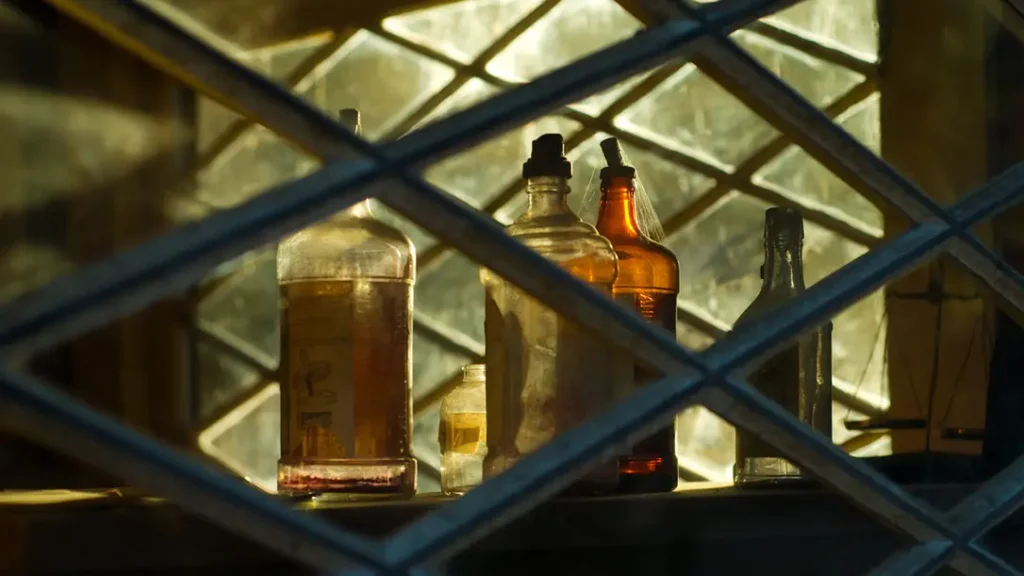
Crazy Additives
Tarantula Juice was only one such “exotic” drink of the Old West. Others, with names like Coffin Varnish and Stagger Soup, were other whiskey-ish drinks that were concocted of very raw, watered down alcohol and colored to match the look of quality whiskey. The items used for coloring the alcohol where not for the faint of heart, including such ingredients as tobacco, molasses and sugar, which were common to more stomach-turning options like old shoes and recently killed snake heads. Hot peppers were also a prime ingredient in many small town whiskeys. These provided an extra kick that mimicked the feel of quality liquor as it was swallowed.
Where’s the Good Stuff???
Quality whiskeys that were well-aged and produced with quality ingredients were commonly produced in distilleries found on the eastern side of the country. These libations were then imported to larger cities in the west for those who could afford such “luxuries” at the time. In addition to whiskey, other liquor produced in eastern states that wasn’t created from questionable ingredients (and everyday materials in some cases) included gin and rum.
Advertisement — Continue Reading Below
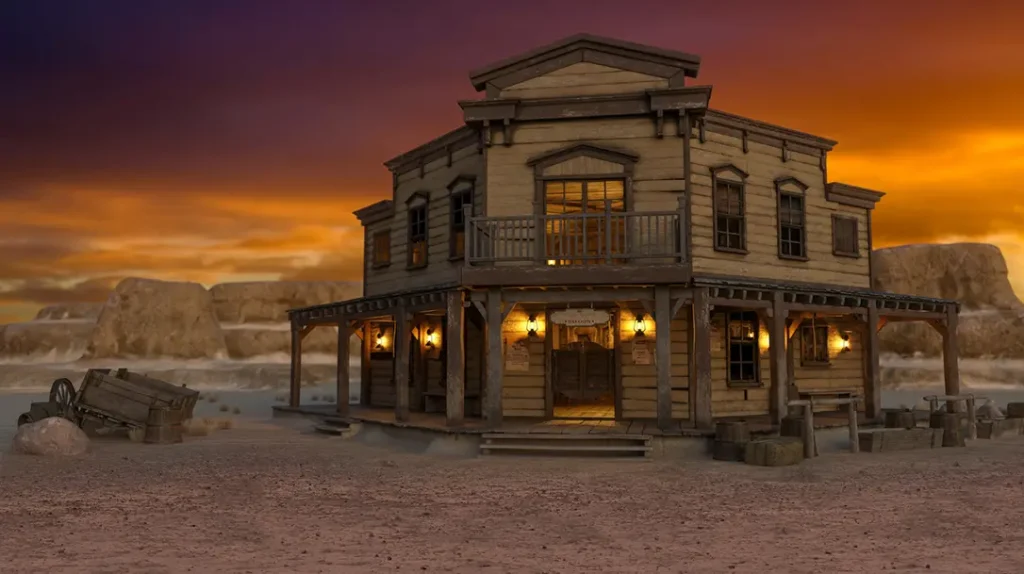
Cost of the Goods (& Bads)
The cost of drinking in the saloons of the Old West varied depending upon the purity of the libation, as well as the town or city that the patron was residing within. A glass of beer was generally around ten cents. In large, wealthy cities, a bottle of exceptionally good whiskey could run a person upwards of two to three dollars.
Whiskey in smaller towns were often served by the glass, not the bottle, due to the proprietor’s knack for stretching a barrel of cheap whiskey as far as they could go with questionable additives. A glass of whiskey in a single bit saloon was twelve and a half cents, while a two-bit saloon charged twice that. If a patron didn’t have money for his small glass of whiskey, then he would exchange a round of ammo for the drink, and thus the term “shot” was established, and obviously, still used today–deriving straight from the Old West booze of yesteryear!
Advertisement — Continue Reading Below
